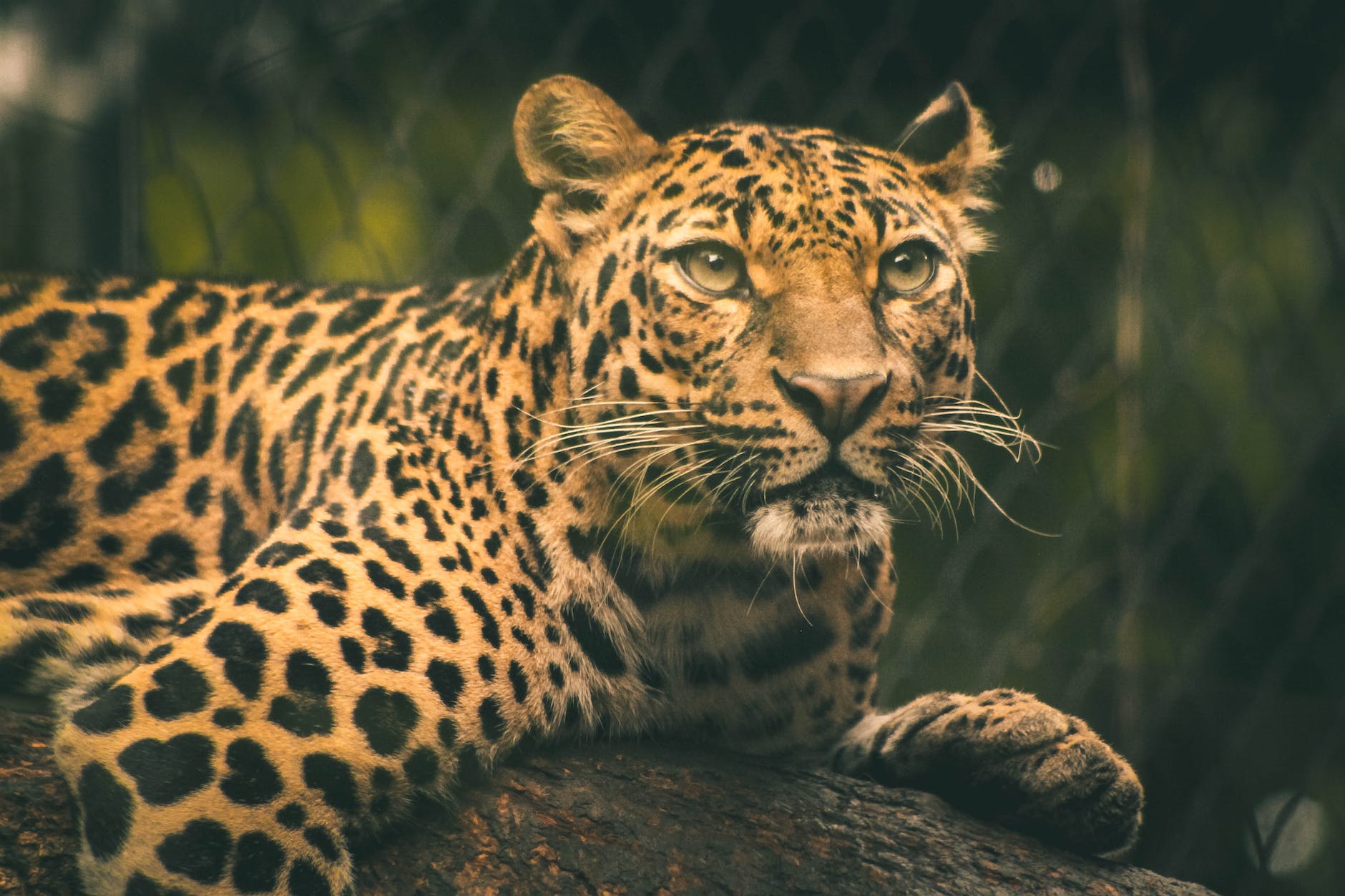
The World’s Rarest Cat? Unveiling the Allure of the Amur Leopard
Deep within the vast expanse of the Russian Far East, amidst the shadows of ancient forests, lives a creature veiled in mystery and grace – the Amur leopard (Panthera pardus orientalis). This magnificent big cat, the rarest of all leopards, stalks its prey with silent steps, its spotted coat blending seamlessly with the dappled sunlight filtering through the trees.
A Species on the Brink:
With only around 84 individuals remaining in the wild, the Amur leopard stands at a critical juncture. Habitat loss due to deforestation, poaching, and prey depletion are the primary threats pushing this majestic creature towards extinction. Yet, amidst the challenges, a glimmer of hope remains, thanks to dedicated conservation efforts.
A Master of Its Domain:
- Unique Appearance: The Amur leopard boasts the thickest fur of all leopard subspecies, a vital adaptation to the harsh winters of its habitat. Unlike its African and other Asian counterparts, its rosettes are larger and closer together, offering even better camouflage in the dense forests.
- Size: Males measure 107–136 cm (42–54 in) with a 82–90 cm (32–35 in) long tail, a shoulder height of 64–78 cm (25–31 in), and a weight of 32.2–48 kg (71–106 lb). Females weigh 25–42.5 kg (55–94 lb).
- Agile and Adaptable: The Amur leopard is an exceptional climber and can navigate the rugged terrain of its forest home with ease. This agility allows them to hunt various prey, from deer and wild boars to smaller mammals and birds.
- Solitary Stalkers: Like most big cats, Amur leopards are solitary creatures, except during breeding season. They are nocturnal hunters, utilizing their keen eyesight and hearing to navigate the darkness and catch their prey.
Beyond the Spots:
- Ecological Significance: The Amur leopard plays a crucial role in maintaining the ecological balance of the Far Eastern forests. By controlling prey populations, they ensure the health and diversity of the ecosystem.
- Cultural Symbol: Revered by local communities for centuries, the Amur leopard holds a special place in the cultural heritage of the region. They are often seen as symbols of strength, resilience, and harmony with nature.
- Other Names: The Amur leopard is also known as the Far East leopard, the Manchurian leopard, or the Korean leopard.
A Call to Action:
The future of the Amur leopard rests in our hands. Here are some ways you can contribute to their survival:
- Support conservation organizations: Numerous organizations work tirelessly to protect Amur leopards and their habitat. Consider donating or volunteering your time.
- Raise awareness: Spread the word about the plight of this magnificent creature and the importance of conservation efforts.
- Make sustainable choices: Choose products and services that prioritize responsible forestry and minimize your environmental footprint.
By joining the fight, we can ensure that the Amur leopard continues to roam the forests for generations to come. Remember, even small actions can make a difference in the face of immense challenges. Let us stand together to protect this irreplaceable treasure of the natural world.
Also See:
- Spotted Family Reality Show: Rare Video of Amur Leopard Family
- World’s Most Endangered Cat Born at Denver Zoo
- What Are the World’s Most Endangered Animals?
More photos below ↓












